

Greg "Doc Lures" Vinall
Podcast Host, Lure Maker, Scientist, Educator
Greg has hosted the Australian Lure Fishing Podcast since the very first episode in January 2019, being the interviewer for every one of the first 500 episodes. When he’s not interviewing top notch lure fishers he’s making wooden lures, chasing northern estuary species or dropping slow pitch jigs on the reef.
1 Find The Bait
The tried and tested way of finding fish!
We’ve all heard the saying “when you find the bait, you’ll find the fish. It’s not 100% true, I can think of times (even recently) when I’ve found wall to wall bait and hardly a predator to be seen. In those circumstances it can pay to go off elsewhere looking for fish and maybe return to that spot later to see if a predator has come to join the gathering.
But, if you find quantities of bait there’s a pretty good chance there will already be fish on it, or that fish will be attracted to it eventually.
Sometimes the bait (and fish) will be obvious, such as a shower of baitfish or jelly prawns. Other times it might be more subtle, like the occasional flick of a prawn or a glint of scales in a spot where you’d expect a fish might be lurking. Or it might be a show on your sounder.
2 Watch For Birds…. All Kinds!
The second effective way to determine if there are fish in the area is by observing birds.
Most offshore anglers know that certain bird species diving, bombing, or working the water surface are indicators of nearby predators and bait.
However, birds can also be useful in freshwater areas and estuaries. For example, pelicans are a good sign of bait fish nearby, which could also indicate predatory fish in the area. Similarly, other bird species like cormorants, heron, and egrets can be indicators of bait fish or crustaceans, which are the same food sources as the target species.
Seagulls and ospreys also frequent places where the bait is prevalent. Sometimes even the location where birds perch can provide clues, such as catching fish under trees where cormorants sit.
3 Marine Megafauna Give Hints
Sea Turtles and dugong are indicators that there’s seagrass around, which is shelter for baitfish, squid and prawns.
Freshwater turtles are also omnivorous and their presence in large numbers indicates the presence of food items such as crustaceans, fish, and plant material, which also serve as food and habitat for other aquatic species.
Essentially, when you see other forms of life it is likely that fish won’t be far away.
4. What A Croc!
In Northern Australia, crocodiles can be an indicator of potential fishing spots. Although they may be viewed negatively by some anglers, crocodiles actually signal the presence of prey species such as barramundi, mangrove jack, and threadfin salmon, which are all favourite foods of crocodiles. If you’re seeing crocs you’re probably in the right place, but remember that crocodiles can be pretty good at not revealing themselves, too, so stay safe!
5. Sharks Can Be Your…… Friend?
Indicator number five applies in saltwater all around Australia and it’s sharks and dolphins. Sharks are a current hot topic as we’ve all experienced an increase in fish stolen by the toothy taxman in recent years, but they do indicate the presence of fish. Sharks recognize the sound of a boat and when it is anchored over a reef, they hang around waiting for the chance to eat an exhausted fish. When this happens, just move on and find another school of fish. Otherwise you’ll not only get frustrated by losing fish after fish but will deplete the school.
That issue aside, sharks and dolphins are often feeding on the same bait as the target species – and their presence can indicate there are fish around. Just if they’ll let you catch them!
6. Healthy Ecosystem = More Fish
Let’s take the example of a freshwater system. If you observe that the banks are unhealthy with dying vegetation, pollution, and trash, it is likely that the water quality and aquatic habitat is also poor.
There may be exceptions in urban areas where litter and artificial structures (eg shopping carts) may attract some fish. But generally, if there is no life on the banks, such as lizards and wallabies, it indicates that the water quality is poor and the underwater ecosystem may not be healthy either.
Conversely, if you come across an area with healthy and diverse plant and animal life on land, it is likely that the underwater ecosystem is also healthy. For example, fishing spots with overhanging vegetation provide shade and food sources for species like saratoga and Australian bass. Such spots also offer advantages like protection from the sun and ambush opportunities for predators.
An interesting conversation with Nigel Webber about fishing billabongs on Cape York is worth mentioning. He noticed that areas with signs of life on land, such as birds, lizards, snakes, and rats, also had bait and fish in the water. Therefore, signs of healthy life on the shore can be a good indication of a good fishing spot.
7. Currents and Structure
Fish are like human beings in that they are always looking for comfort.
Places with current and tides tend to produce more fish than places where there is not much water movement. Moving water tends to be well oxygenated and moderate in temperature, plus it carries food to the fish.
Currents that intersect with structures are always good places to look for fish. Points and headlands in lakes and along coastlines are good ambush places for predatory fish because they interrupt the movement of bait species.
Spending time looking at maps and satellite imagery, then considering how they interact with currents, winds, and tides before getting on the water is never a bad thing.
Once on the water, it is important to keep your eyes and ears open to identify where fish might be. In some cases, it is easy to see the current, like in sandflats and shallow rivers or estuaries where you can see ripples on the surface, patches of smooth water, and current lines.
In other cases they’re harder to see but their presence may be given away by flotsam, bubble trails and the like.
8. Water quality and water colour
For Northern Australian anglers who fish for barramundi during the runoff, colour change is a well-known concept. It’s not just about the water colour, but also clarity.
When you see the merging of two bodies of water with different clarity or colour, such as clear water alongside turbid water it can be a magnet for fish. Similarly, water that is clear, but it might be tannin stained can have different qualities again. Work along the junction where those two bodies of water meet.
Another example might be in small bays or quiet estuaries, where you might see green water and clear water side by side.
For those who like to fish offshore a change in water colour is an indication that there’s something going on in the system that’s increasing the productivity of the system and that in turn attracts fish. Green water is an indication of upwelling, and there’s a current striking something, which brings nutrients to the top, creating a bloom of plankton that attracts baitfish. Predatory fish then feed on the baitfish, making it a prime location to fish.
Fish often work along the line between the green and blue water, and it’s a prime location to work your lures.
9. Search The Edges
Edges are physical structures such as changes in substrate from sand to mud, mud to rock or sand to seagrass. Fish tend to follow edges as it provides them with a path to navigate and a constant source of food. Edges can also be transitional areas where there is a change in depth or substrate, such as channel drops or rubble patches.
For example, when fishing for snapper, sitting on top of a reef might not be the best spot. Typically, snapper can be found on the edges of reefs where the substrate is rubbly or transitioning from a sandy or muddy substrate to rubble and finally to reef. Many fish are like snapper and are often found in the rubbly area just in front of the reef.
Other examples of edges include channel or drain edges, where fish such as bream work their way along the drop-offs as the tide recedes. Weed beds also have edges, and fish are often found working along either the inside edge between the weed bed and shoreline or the outside edge where there is deeper water.
10. Homes and highways
Fish move around, and many species have daily movement patterns that might relate to light or tides. They have places where they go to feed, rest, or simply through on their way between feeding and resting grounds.
For example, at dawn and dusk, species such as bass and Murray cod tend to feed on the surface in the shallow water, whereas during the day, they might migrate to a deeper piece of structure, or a weed bed. It is important to recognize that fish also have places where they go to rest. When they are in these areas, they might not be actively feeding, so you need to modify your technique to trigger a bite. Understanding transitional zones, such as channels, can also help you find fish that are actively feeding.
Soft Plastic Lure Fishing Hacks 101 With Greg Vinall
EPISODE # Check out our archives for more information on Botany Bay Fishing Spots!Fishing with soft plastic lures can be incredibly rewarding if you know how to use them effectively. With over 25 years of experience, I've picked up a range of tips and tricks that can...
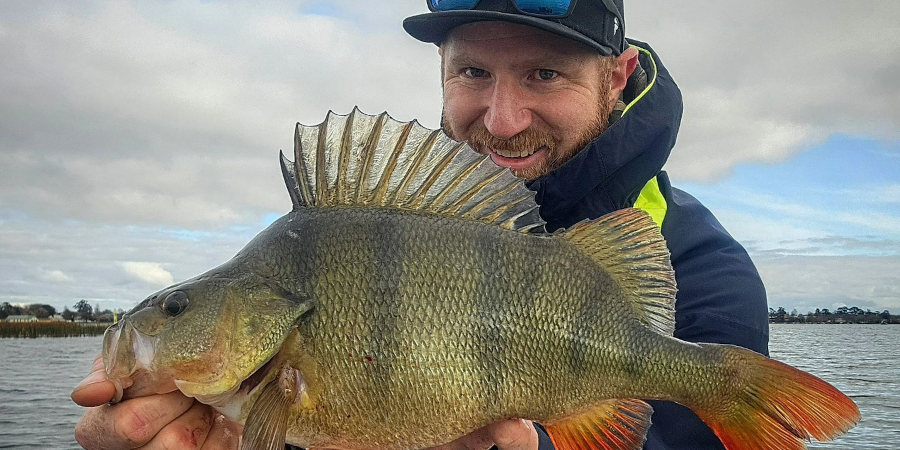
Advanced Soft Plastic Techniques With Rory Benn-Clibborn
This interview with Rory Benn-Clibborn is EPISODE 679. Check out our archives for more information on Lure Fishing In Australia!In this masterclass, I chat with Rory Benn-Clibborn from Perch Palm Lures about various advanced techniques for fishing with soft plastic...
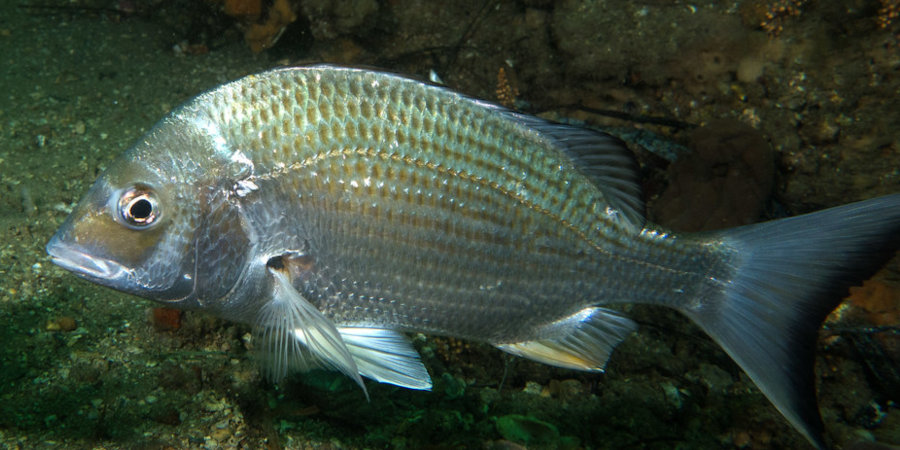
The Art Of Luring Bream
Tim “The Bream” Morgan is highly respected for his achievements on the tournament bream circuit, so when he gets chatting to fellow bream gun Andrew Death, you’d better believe that the pro tips will start flowing!
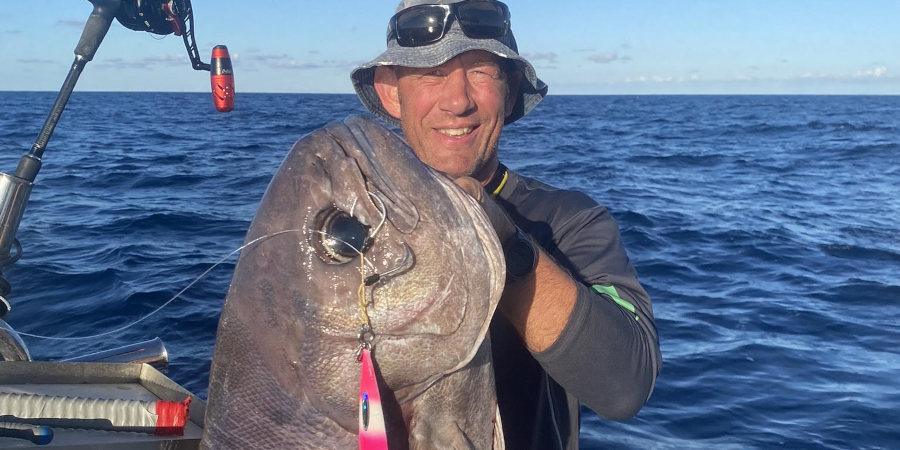
Episode 626: Advances in Deep Slow Pitch Jigging with Jim Potts
Deep drop slow pitch jigging is one of those areas where anglers are always pushing the limits of their gear and the available techniques. Jim Potts is at the forefront of the deep slow pitch revolution and shares his learnings as he modifies and develops tackle to meet his specific fishing needs.
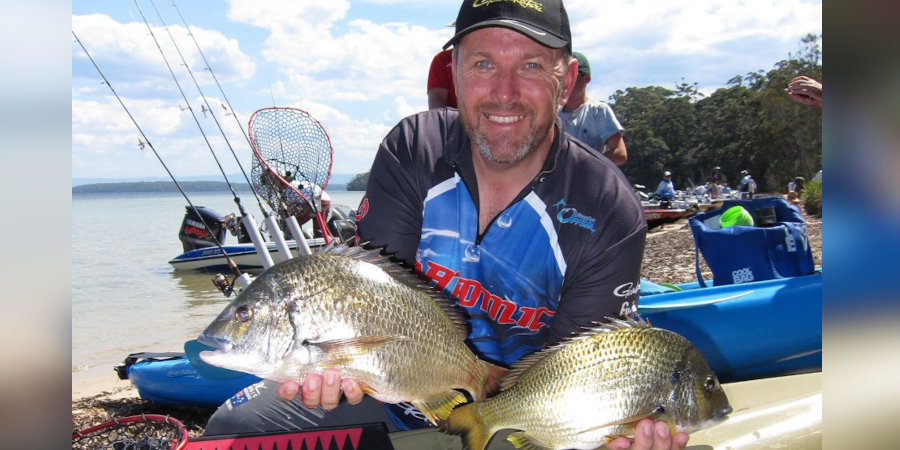
Episode 620: Maximise Your Fishing With Andrew Death
Tournament anglers approach their fishing a little differently than most social anglers. So what can we learn that might help us maximise our enjoyment and results when we’re not fishing competitively?
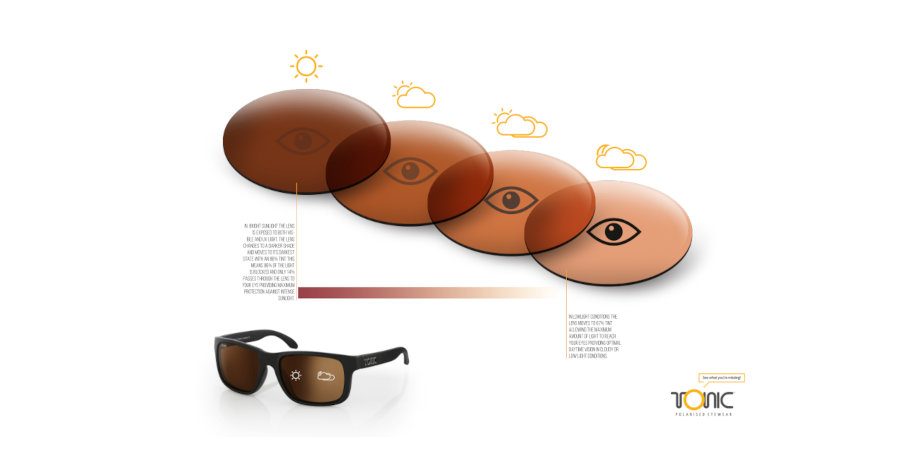
Ultimate Guide To Australia’s Best Polarised Fishing Sunglasses
There are lots of places in fishing you can save a buck, but polarised sunglasses are not one of them. Anglers are exposed more than most to harsh glare and UV, both of which can cause painful, debilitating and permanent eye damage. So, it’s hard to understate the importance of quality eyewear. Here’s what you should know.
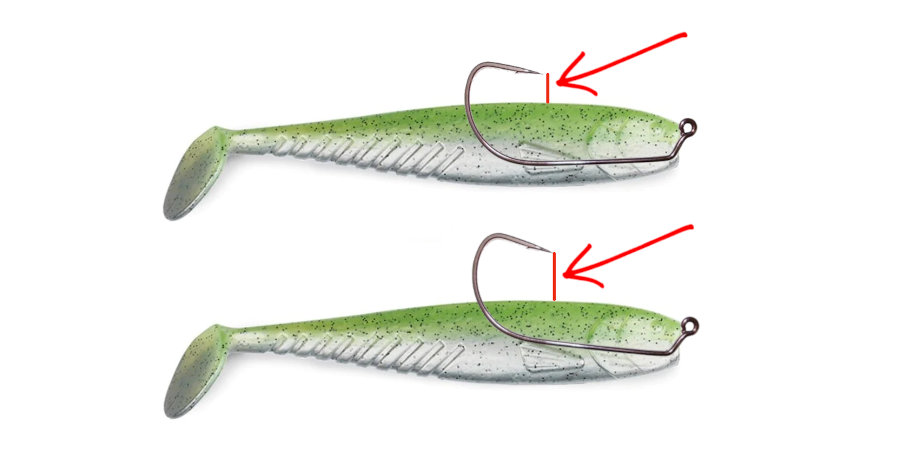
Episode 614: Ten Soft Plastic Lure Fishing Hacks With Greg Vinall
There are millions of ways of rigging, modifying, upgrading, or otherwise improving soft plastic lures for specific fishing applications. In today’s episode I share a few of my favourites.
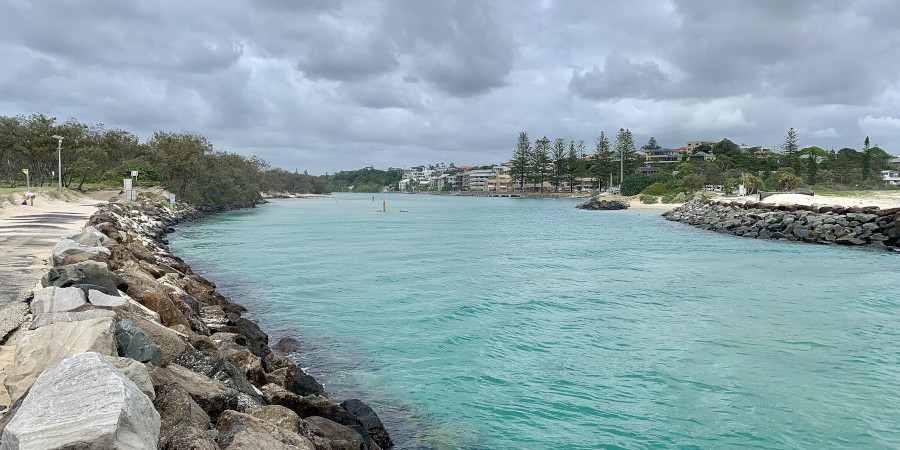
Episode 612: Winter Estuary Fishing With Greg Vinall
Show Notes For This Episode Are In Preparation, Please Come Back Later!Greg has hosted the Australian Lure Fishing Podcast since the very first episode in January 2019, being the interviewer for every one of the first 500 episodes. When he’s not interviewing top notch...
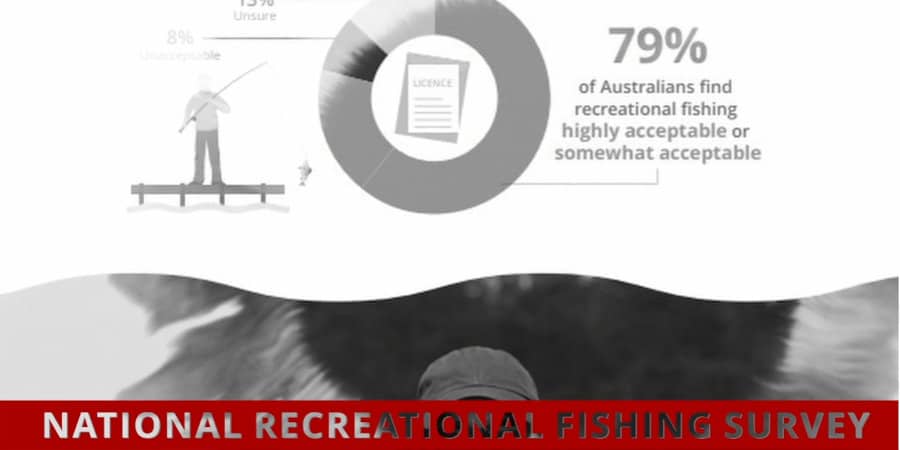
Episode 609: Highlights of the National Rec Fishing Survey With ABARES Fisheries Scientist Andy Moore
Andy Moore was the fisheries scientist at the centre of the National Recreational Fishing Survey, so today we’re spending some time unpacking the results of the survey and what they mean for Australia’s fishing future.
![[Trailer] Episode 603: Understanding Flathead With Greg Vinall](https://doclures.com/wp-content/uploads/2023/03/603-understanding-flathead-audio-greg-vinall.featured.jpg)
[Trailer] Episode 603: Understanding Flathead With Greg Vinall
There are some things about flathead that make them very different to other fish species. Body shape, binocular vision and a few other things that anglers should understand!
Soft Plastic Lure Fishing Hacks 101 With Greg Vinall
EPISODE # Check out our archives for more information on Botany Bay Fishing Spots!Fishing with soft plastic lures can be incredibly rewarding if you know how to use them effectively. With over 25 years of experience, I've picked up a range of tips and tricks that can...

Advanced Soft Plastic Techniques With Rory Benn-Clibborn
This interview with Rory Benn-Clibborn is EPISODE 679. Check out our archives for more information on Lure Fishing In Australia!In this masterclass, I chat with Rory Benn-Clibborn from Perch Palm Lures about various advanced techniques for fishing with soft plastic...


0 Comments